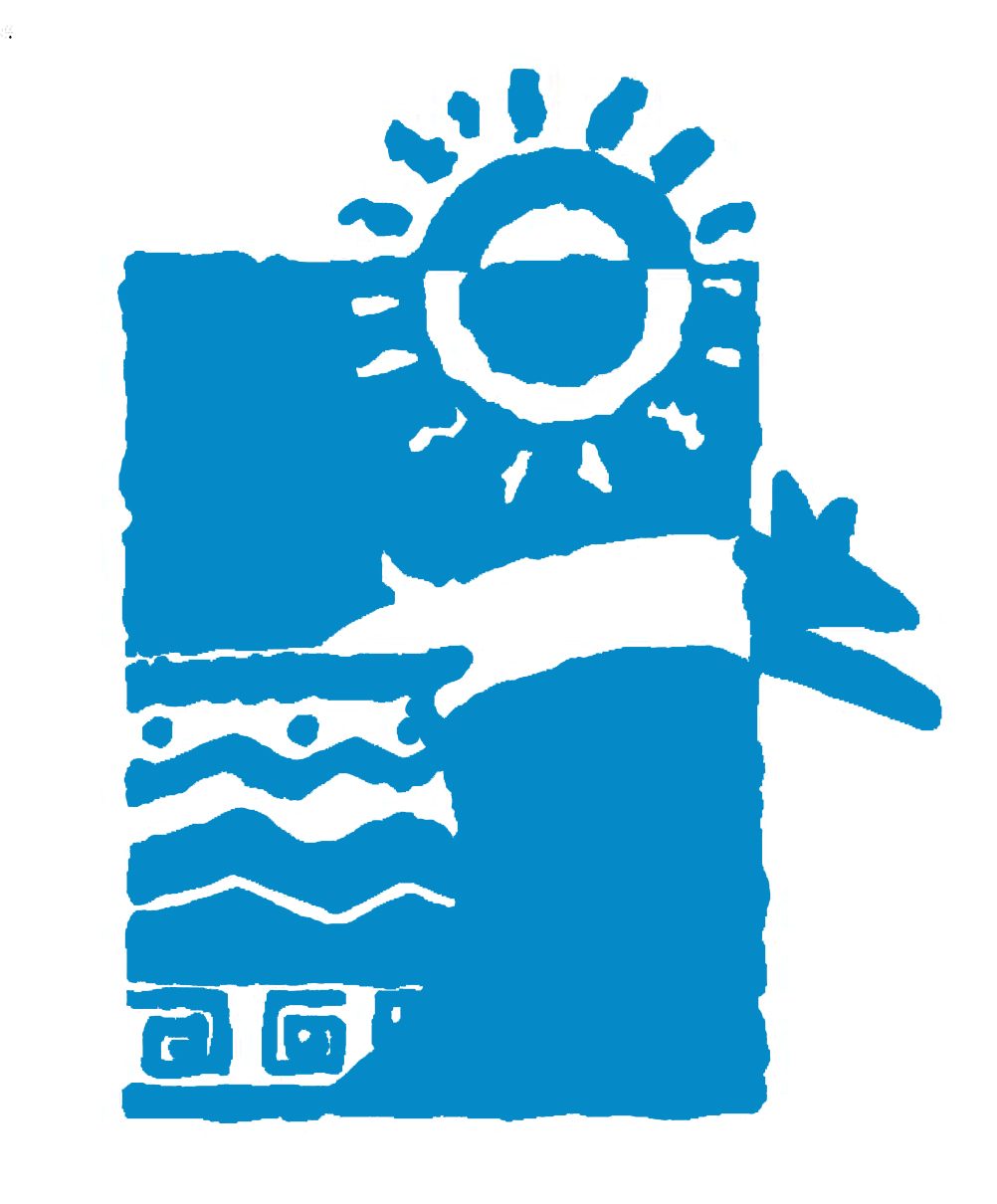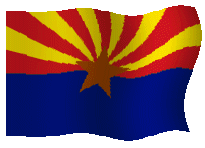[Source: Jim Walsh, Mesa Republic, 11-18-2009] — Visitors will get their first opportunity to use a new interpretive trail through the Mesa Grande Ruins in March during the annual open house. Construction on the trail begins on Dec. 1 and is expected to be completed by Dec. 31, the first stage of development of ruins as a tourist attraction and educational facility since the city bought it in 1987.
The open house is scheduled for March 27. It includes tours and a free pancake breakfast sponsored by the Mesa Grande Community Alliance, a west Mesa neighborhood organization. “It’s kind of the grand opening of the trail,” said Tom Wilson, director of the Arizona Museum of Natural History. “It’s very gratifying to finally get some of the funding together to begin Phase One.”
Bids on the trail project came in so low that the museum may also include a small visitors parking lot for 15 vehicles on 10th Street and a small visitors entry area featuring a ticket booth, restrooms and a display area, said Jerry Howard, the museum’s curator of anthropology. [Note: To read the full article, click here.]


 Husband-and-wife team Alan Sorkowitz and Michele Rappoport have created a new website,
Husband-and-wife team Alan Sorkowitz and Michele Rappoport have created a new website, 
You must be logged in to post a comment.